Reverse Osmosis
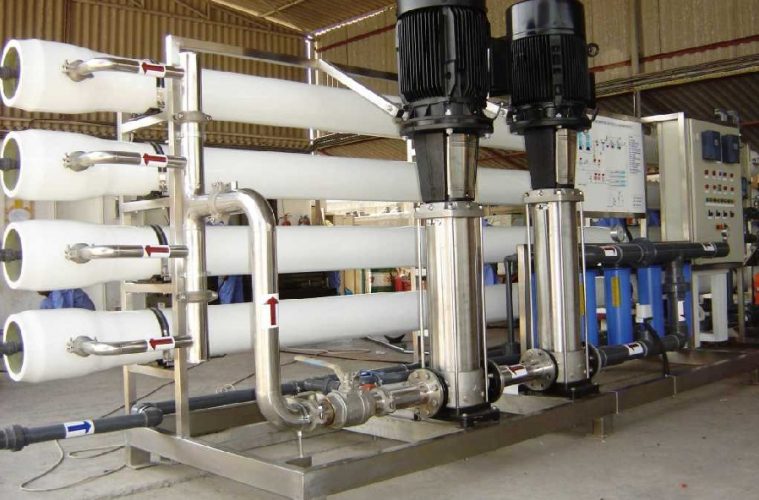
Reverse osmosis (RO) is a method of purifying water for industrial processes and human consumption.
RO can remove mineral salts and contaminants such as bacteria and pesticides. Advances in water treatment technologies have enhanced and complemented the conventional RO process, reducing energy and water consumption, lowering capital and operating costs, and producing purer water. Sizes Available up to 50000 Liters Per Hour.
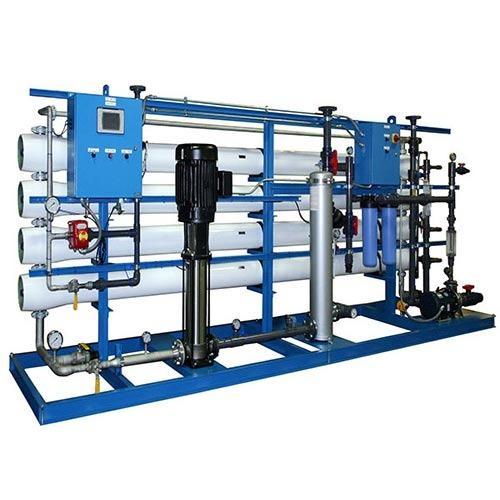
Applications
- Schools and colleges
- House and residential complexes
- Hospitals: produce high purity water use in dialysis units
- Corporate and multistory buildings
- Military
- Industries
Our Reverse Osmosis System Removes:
- Lead from the raw water
- Bacteria
- Cysts and Organic Chemicals
- Dissolved Solids
- Suspended Solids Down to five microns in size
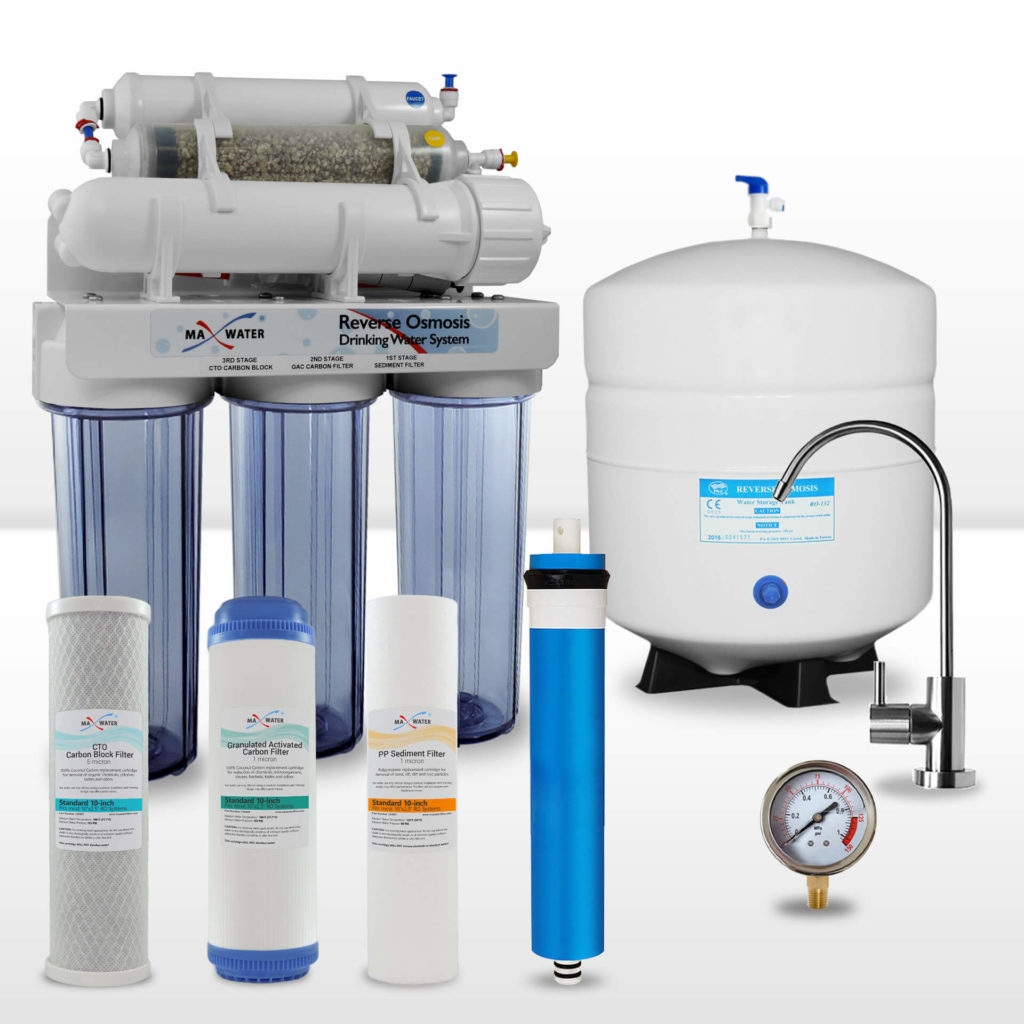
We’ve been in the water filtration business since a decade and have found Reverse Osmosis filtration to consistently be one of the best ways to achieve superior water for the home and business.
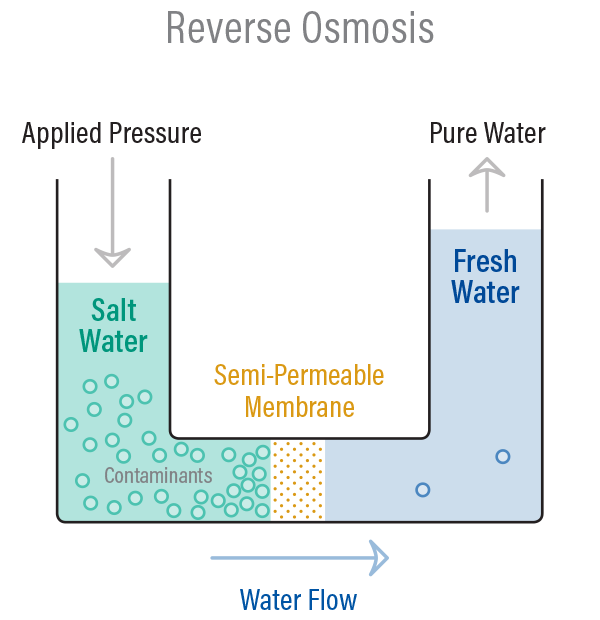
If you're searching for a water filtration system that will give you outstanding water... Here are a few reasons to consider RO
Improves Taste
RO filtration improves taste, odor and appearance of water by removing contaminants that cause taste and odor problems.
Saves Money
With an RO system, you can cancel your water delivery service and stop purchasing cases of bottled water. Reverse Osmosis filtration provides “better-than-bottled water” quality water for just pennies per gallon.
Simple Maintenance
RO systems have very few moving or replaceable parts make RO systems easy to clean and service.
Removes Impurities
RO systems remove pollutants from water including nitrates, pesticides, sulfates, fluoride, bacteria, pharmaceuticals, arsenic and much more. An RO systems’ carbon filter will also remove chlorine and chloramines.
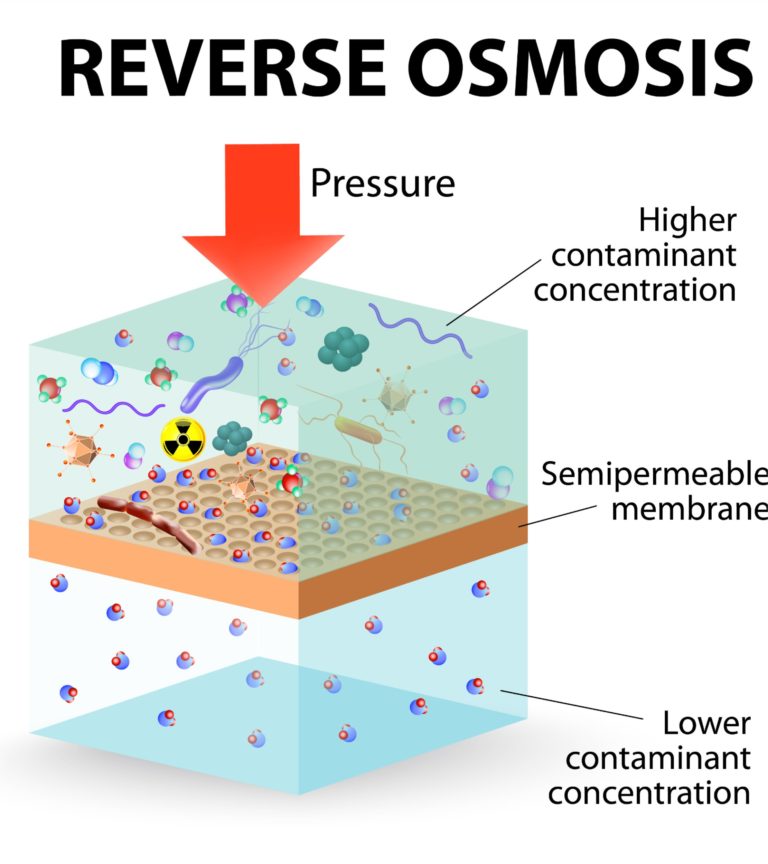
Some factors that may affect the performance of a Reverse Osmosis System:
- Incoming water pressure (most on municipal city tap water have 40-85 psi, but if water pressure is too low, RO system will not operate properly)
- Type and number of total dissolved solids (TDS) in the tap water
- Water Temperature (i.e. cold water takes longer to filter to filter)
- The quality of the filters and membranes used in the RO System (see operating specifications for your system)
